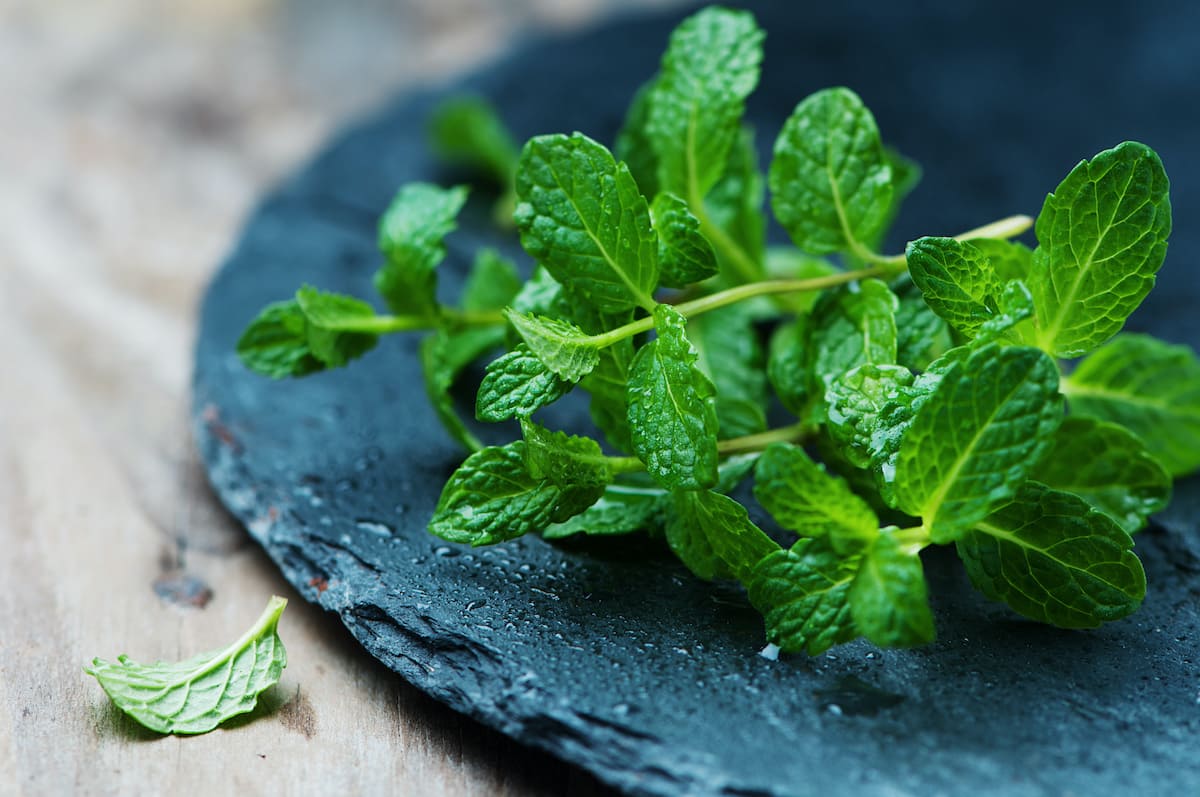

Articles
How To Store Fresh Mint
Modified: January 9, 2024
Discover the best ways to store fresh mint with these helpful articles. Keep your mint fresh and flavorful for longer with these expert tips and tricks.
(Many of the links in this article redirect to a specific reviewed product. Your purchase of these products through affiliate links helps to generate commission for Storables.com, at no extra cost. Learn more)
Introduction
Fresh mint is a versatile herb known for its refreshing aroma and distinct flavor. Whether you grow it in your garden or buy it from the store, you may find yourself with an abundance of mint that you want to store for later use. Properly storing fresh mint will help you preserve its flavor and fragrance, allowing you to enjoy it in your culinary creations for an extended period of time.
In this article, we will explore different methods of storing fresh mint to maintain its freshness and potency. We will discuss the benefits of storing fresh mint, how to choose the best quality mint, and various techniques to store it effectively. Whether you prefer the convenience of freezing or the simplicity of drying, we have got you covered!
So, if you are ready to learn the secrets of storing fresh mint and have a constant supply of this aromatic herb at your fingertips, let’s dive right in!
Key Takeaways:
- Store fresh mint to prolong its freshness, save money, and enhance flavor. Choose high-quality mint, prepare it properly, and use various storage methods like water, ziplock bags, freezing, or drying to enjoy mint year-round in your culinary creations.
- Experiment with using stored fresh mint in salads, beverages, teas, baking, and sauces. Adjust the quantity to suit your taste and have fun exploring the versatility of mint in your culinary adventures.
Read more: How To Store Fresh Basil And Mint
Benefits of Storing Fresh Mint
Storing fresh mint properly comes with a plethora of benefits. Here are a few reasons why you should consider storing your mint:
- Prolongs Freshness: By storing fresh mint correctly, you can extend its shelf life and prevent it from wilting or spoiling too quickly. This allows you to enjoy the vibrant flavors and aromas of mint in your dishes for a longer time.
- Convenience: Storing fresh mint allows you to have this versatile herb on hand whenever you need it. No more last-minute dashes to the store or disappointment when the herb stock runs out. With stored mint, you can easily add a burst of freshness to your recipes at any time.
- Saves Money: If you have an abundance of fresh mint at your disposal, storing it can help you avoid wastage. Instead of letting your mint go to waste, storing it properly enables you to preserve its quality and use it gradually, saving you money in the long run.
- Year-Round Accessibility: Storing fresh mint allows you to have access to this delightful herb year-round, even when it is out of season. Whether you freeze it or dry it, you can savor the taste and aroma of mint in your dishes regardless of the time of year.
- Enhanced Flavor: Properly stored fresh mint retains its flavor profile, ensuring that you get the full impact of its minty, refreshing taste. This is especially important when using mint in delicate dishes or beverages where the flavor needs to shine through.
With these benefits in mind, it’s clear that storing fresh mint is a worthwhile endeavor. Not only does it help you make the most of this versatile herb, but it also adds convenience and flavor to your culinary adventures.
Choosing Fresh Mint
When it comes to storing fresh mint, selecting high-quality mint leaves is crucial for preserving flavor and freshness. Here are some tips for choosing the best fresh mint:
- Appearance: Look for mint leaves that are vibrant in color and free from blemishes, discoloration, or signs of wilting. The leaves should be bright green and firm to the touch.
- Aroma: Take a whiff of the mint leaves. They should have a strong and refreshing aroma, signaling their freshness. Avoid mint leaves that have a weak or unpleasant smell.
- Leaf Size: Opt for mint leaves that are medium to small in size. Smaller leaves tend to have a more intense flavor and retain their freshness for longer periods compared to larger leaves.
- Stems: Choose mint bunches or sprigs that have sturdy stems. The stems should be healthy and not wilted or slimy. Avoid mint with brown or discolored stems.
- Organic vs. Non-Organic: If possible, opt for organic mint, as it is grown without synthetic pesticides or fertilizers. Organic mint is not only better for your health, but it also tends to have a more robust flavor.
Whether you are picking fresh mint from your garden or buying it from a store, following these guidelines will help ensure that you select the best quality mint leaves for storage. Remember, fresh and aromatic mint leaves are key to achieving the desired flavor and fragrance in your dishes.
Preparing Fresh Mint for Storage
Before storing fresh mint, it is essential to prepare it properly to maintain its freshness and flavor. Follow these steps to prepare your mint for storage:
- Inspect the Mint: Remove any damaged or discolored leaves from the bunch. Discard any wilted or yellowed leaves as they may affect the overall quality of your stored mint.
- Rinse the Leaves: Gently wash the mint leaves under cool running water. This helps remove any dirt, debris, or pesticides that might be present on the leaves. Pat the leaves dry with a clean kitchen towel or paper towel.
- Trim the Stems: Trim the bottom ends of the mint stems. This ensures that you have clean and fresh ends for better water absorption if you choose to store your mint in water.
- Remove Excess Moisture: Use a salad spinner or gently blot the leaves dry with a clean towel to remove excess moisture. Excess moisture can accelerate wilting and spoilage, so it’s important to ensure the leaves are as dry as possible.
- Separate into Portions: Divide the mint leaves into portions based on how you plan to use them in the future. This makes it easier to grab the required quantity without disturbing the remaining mint. You can choose to store them individually or in small bunches.
By taking the time to prepare your fresh mint properly, you are setting the stage for successful storage. These simple steps will help ensure that your mint stays fresh and flavorful for longer, allowing you to enjoy its aromatic essence in your recipes whenever you need it.
Option 1: Storing Fresh Mint in Water
One of the easiest and most effective ways to store fresh mint is by keeping it in water. This method helps maintain the herb’s moisture and prolongs its longevity. Here’s how to do it:
- Trim the Stems: Trim the bottom ends of the mint stems at a slight angle. This allows for better water absorption and ensures that the mint stays fresh.
- Place in a Container: Fill a glass or a jar with a couple of inches of cool water. Place the trimmed stems of the mint into the container, making sure the lower ends are submerged in the water.
- Cover the Leaves: Loosely cover the mint leaves with a plastic bag or a damp paper towel. This helps create a humid environment while still allowing some airflow.
- Store in the Refrigerator: Place the container with the mint in the refrigerator. This method helps retain the freshness of the mint for up to a week.
By storing fresh mint in water, you are maintaining its moisture content and preserving its vibrant green color. This technique works exceptionally well for maintaining the freshness of mint leaves until you’re ready to use them.
Remember to check the water level regularly and replenish it if needed. Change the water every few days to prevent any bacterial growth or foul odor.
Now you have a simple yet effective method to store fresh mint in water, ensuring that you always have this aromatic herb ready for use in your culinary endeavors.
Read more: How To Store Fresh Mint Leaves In Freezer
Option 2: Storing Fresh Mint in a Ziplock Bag
If you prefer a more compact and space-efficient method of storing fresh mint, using a ziplock bag is an excellent option. Here’s how to store fresh mint in a ziplock bag:
- Prepare the Mint: Trim the stems of the mint and remove any damaged or wilted leaves. Give the mint a gentle rinse under cool water and pat it dry with a clean kitchen towel or paper towel.
- Place in a Ziplock Bag: Place the mint leaves in a ziplock bag, ensuring that they are not overcrowded. This allows for proper airflow and minimizes the chances of bruising or crushing the leaves.
- Remove Air: Before sealing the ziplock bag, press out as much air as possible. This helps prevent oxidation and maintains the freshness of the mint.
- Label and Store: Label the ziplock bag with the date and name of the herb. Store the bag in the refrigerator. Fresh mint stored in a ziplock bag can last for up to a week.
This method works well for storing larger quantities of fresh mint and takes up minimal space in the refrigerator. It keeps the leaves protected from moisture and helps maintain their flavor and aroma.
Remember to handle the ziplock bag gently to avoid crushing the mint leaves. If you need to use only a portion of the mint, simply take out what you need and reseal the bag promptly.
Storing fresh mint in a ziplock bag is a convenient and efficient way to have this delightful herb readily available for your culinary creations.
Store fresh mint by placing the stems in a glass of water, covering the leaves with a plastic bag, and refrigerating. Change the water every few days to keep the mint fresh.
Option 3: Storing Fresh Mint in a Paper Towel
If you prefer a method that absorbs excess moisture from fresh mint while still keeping it fresh, storing it in a paper towel is a great option. Here’s how to store fresh mint in a paper towel:
- Prepare the Mint: Trim the mint stems and inspect the leaves, discarding any damaged or wilted ones. Rinse the mint gently under cool water and pat it dry with a clean kitchen towel.
- Wrap in Paper Towel: Take a paper towel and slightly dampen it. Place the mint leaves in the center of the towel and gently wrap them, ensuring that the leaves are completely covered.
- Store in a Container: Place the wrapped mint leaves in an airtight container or a resealable bag. This helps preserve the freshness and protects the leaves from drying out.
- Refrigerate: Store the container or bag in the refrigerator. This method keeps the mint fresh for around a week.
Storing mint in a paper towel helps absorb excess moisture, which can cause the leaves to become wilted or deteriorate rapidly. The towel acts as a barrier and maintains the ideal moisture level for the mint leaves.
When you’re ready to use the stored mint, simply unwrap the paper towel and take out the desired amount. Rewrap the remaining mint and return it to the container to maintain its freshness.
Storing fresh mint in a paper towel is a simple and effective method to keep the leaves fresh and ready for your culinary adventures.
Option 4: Freezing Fresh Mint
Freezing fresh mint is an excellent method for long-term storage while preserving its flavor and aroma. Here’s how to freeze fresh mint:
- Prepare the Mint: Trim the mint stems and remove any damaged or discolored leaves. Rinse the mint gently under cool water and pat it dry with a clean kitchen towel or paper towel.
- Flash Freeze Method: Spread the mint leaves in a single layer on a baking sheet lined with parchment paper. Place the baking sheet in the freezer and let the mint freeze for about 1-2 hours until the leaves are firm.
- Transfer to Freezer Bags: Once the mint leaves are frozen, quickly transfer them to freezer-safe bags or airtight containers. Remove any excess air from the bags or containers before sealing them tightly.
- Label and Date: Label the bags or containers with the date and name of the herb. This helps you keep track of the freezing time and ensures you use the oldest mint first.
- Store in the Freezer: Place the bags or containers in the freezer, ensuring they are stacked or arranged in a way that saves space. Frozen mint can last for several months.
When you need to use the frozen mint, simply remove the desired amount from the freezer and return the rest to the freezer immediately. You can chop or crumble the frozen leaves as needed for your recipes.
Freezing fresh mint preserves its taste and aroma, although the texture may change slightly after thawing. This method is perfect for adding a hint of mint to teas, smoothies, sauces, or various culinary creations even when fresh mint isn’t available or in season.
Now you have a handy technique to freeze fresh mint, allowing you to enjoy the aromatic essence of mint year-round!
Option 5: Drying Fresh Mint
Drying fresh mint is a traditional method of preserving its flavor for extended periods. Here’s how you can dry fresh mint:
- Prepare the Mint: Trim the mint stems and remove any damaged or discolored leaves. Rinse the mint gently under cool water and pat it dry with a clean kitchen towel or paper towel.
- Air Drying Method: Tie a bunch of mint stems together with a string or rubber band near the base. Hang the bunch upside down in a dark, well-ventilated area, away from direct sunlight. Make sure there is enough space between the mint sprigs for proper airflow.
- Dehydrator Method: If you have a food dehydrator, place the mint sprigs on the dehydrator trays without overlapping. Set the dehydrator to a low temperature, around 95°F (35°C), and let it run for several hours until the mint leaves are dry and brittle.
- Oven Method: If you don’t have a dehydrator, you can use your oven to dry mint. Preheat the oven to its lowest setting, usually around 150°F (65°C). Spread the mint leaves in a single layer on a baking sheet lined with parchment paper or a silicone mat. Place the baking sheet in the oven and leave the door slightly ajar to allow moisture to escape. Check the leaves regularly and remove them when they are dry and crumbly.
- Store the Dried Mint: Once the mint leaves are completely dry, remove them from the stems and crumble them into smaller pieces. Store the dried mint in airtight containers or sealed bags in a cool, dark place. Properly dried mint can last for 6 months to a year.
Dried mint can be used in various culinary applications, including teas, spice blends, marinades, and desserts. It adds a distinctive flavor and aroma to dishes even when fresh mint is not readily available.
Remember to label the containers with the date and name of the herb to keep track of its freshness. Enjoy the convenience of having dried mint on hand whenever the need arises!
Read more: How To Store Mint In Freezer
Using Stored Fresh Mint
Now that you have successfully stored fresh mint using various methods, it’s time to explore the many ways you can use your stored mint. Here are some ideas for incorporating it into your culinary creations:
- Culinary Delights: Add fresh or frozen mint leaves to salads, dressings, marinades, and sauces for a burst of refreshing flavor. Use it as a garnish for soups, stews, or roasted vegetables to elevate their taste.
- Beverages: Infuse your water or iced tea with fresh mint leaves for a refreshing and energizing twist. Blend frozen mint leaves into smoothies or cocktails for a delightful minty kick.
- Herbal Teas: Steep dried mint leaves in hot water along with other herbs and enjoy a soothing cup of herbal tea. You can also combine dried mint leaves with chamomile or green tea for a unique and comforting blend.
- Baking and Desserts: Enhance your baked goods by adding finely chopped fresh or dried mint leaves to cookies, cakes, or chocolates. Mint also pairs exceptionally well with chocolate desserts like brownies or ice cream.
- Mint-based Sauces and Condiments: Utilize fresh or dried mint in homemade pesto, tzatziki, or mint chutney to elevate the flavors of your dishes. These sauces can be served alongside grilled meats, roasted vegetables, or as a dip for bread.
Experiment with different recipes and use mint in unexpected ways to discover your favorite combinations. Feel free to adjust the quantity of mint to suit your taste preferences, whether you prefer a subtle hint or a robust minty flavor.
Remember, the stored mint may have a slightly different texture or intensity compared to fresh mint, so you might want to adjust the amount accordingly. Be adventurous and have fun exploring the versatility of mint in your culinary creations!
Conclusion
Storing fresh mint properly is essential for preserving its flavor, fragrance, and overall quality for future use. By following the techniques mentioned in this article, you can extend the shelf life of fresh mint and ensure its availability all year round.
Whether you choose to store fresh mint in water, a ziplock bag, a paper towel, the freezer, or by drying it, each method offers unique benefits and caters to different preferences. Consider the quantity of mint you have, how you plan to use it, and the storage duration required to determine the most suitable method for your needs.
Remember to choose the best-quality mint, prepare it properly by trimming, rinsing, and removing any damaged leaves, and select the most appropriate storage option based on your preferences and available resources.
Stored fresh mint can be used in a wide range of culinary creations, from savory dishes to refreshing beverages and desserts. Get creative and experiment with different recipes to fully explore the aromatic potential of mint.
So, the next time you find yourself with an abundance of fresh mint, follow these storage techniques, and enjoy the convenience of having a stash of mint ready to enhance the flavor of your dishes and beverages.
Embrace the versatility of fresh mint and let its wonderful aroma and taste elevate your culinary experiences!
Frequently Asked Questions about How To Store Fresh Mint
Was this page helpful?
At Storables.com, we guarantee accurate and reliable information. Our content, validated by Expert Board Contributors, is crafted following stringent Editorial Policies. We're committed to providing you with well-researched, expert-backed insights for all your informational needs.
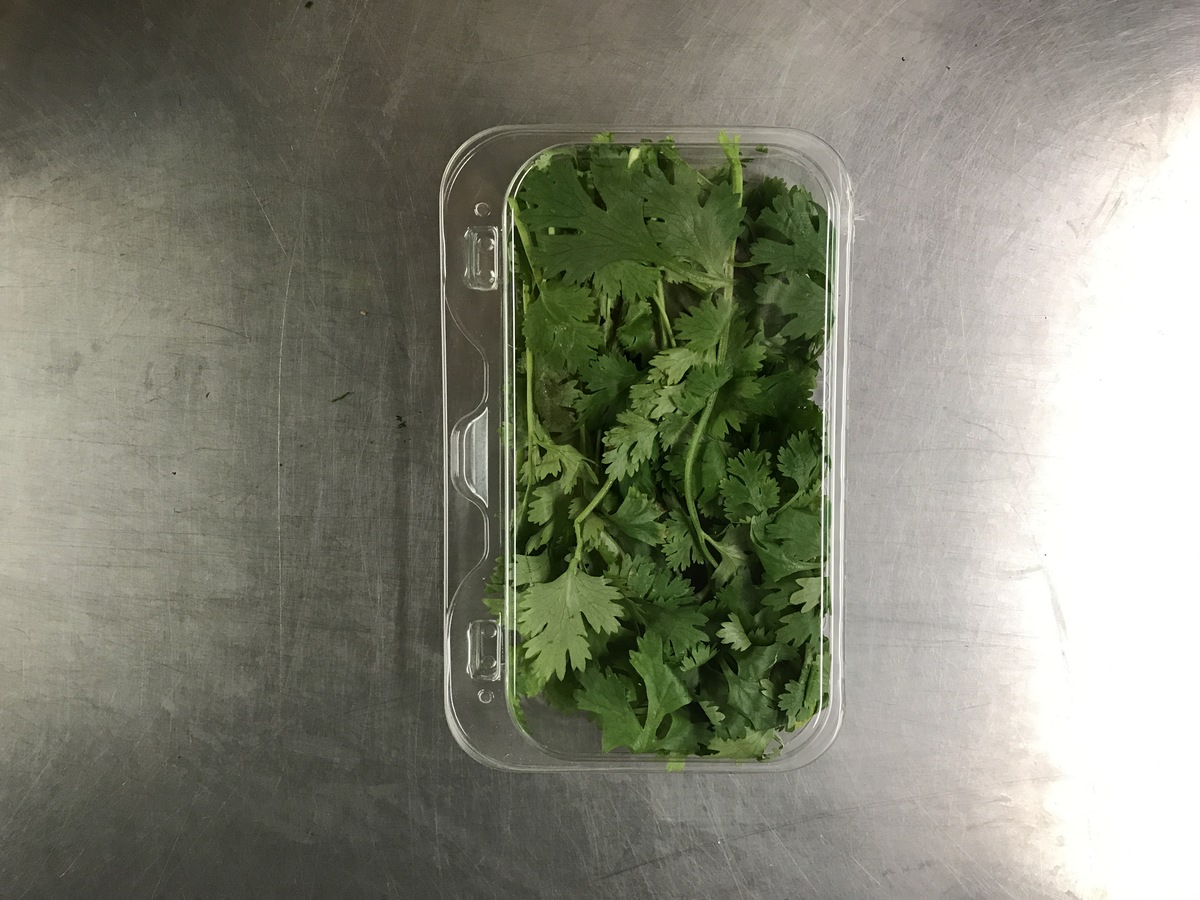
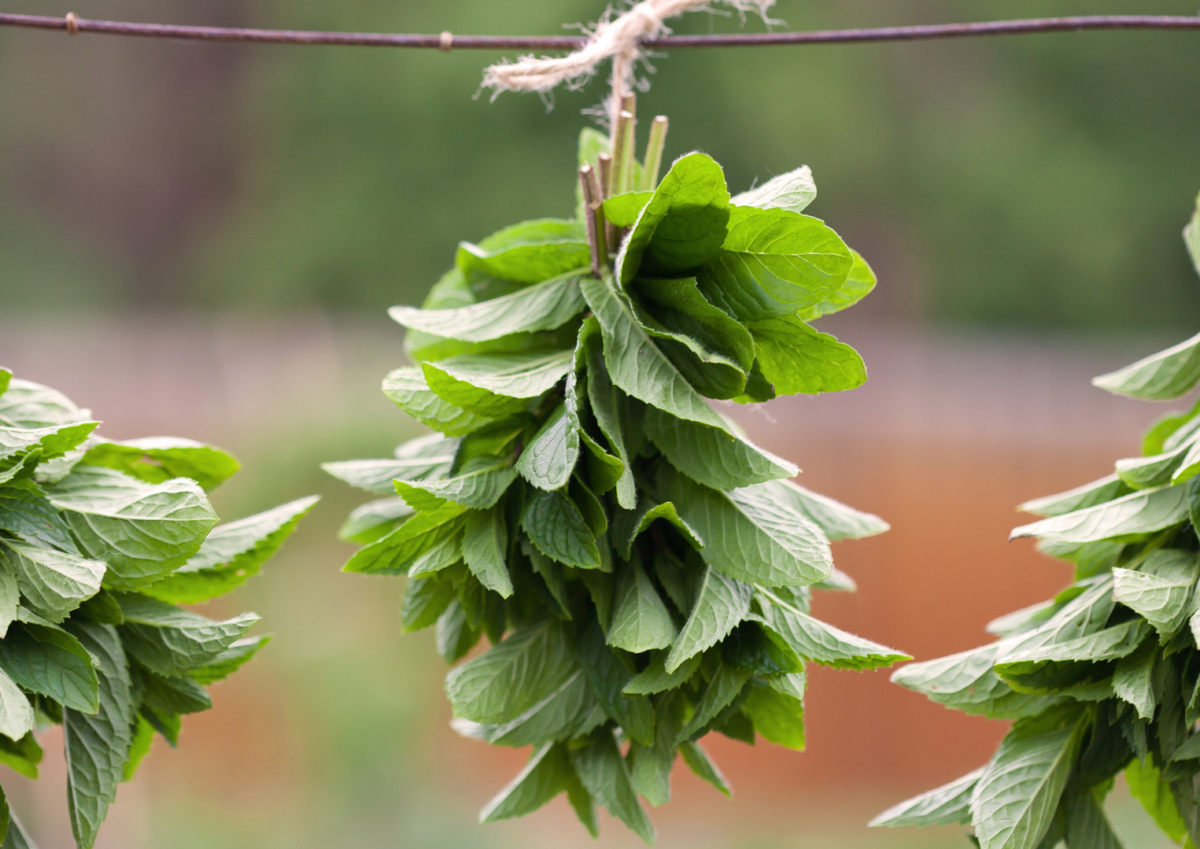

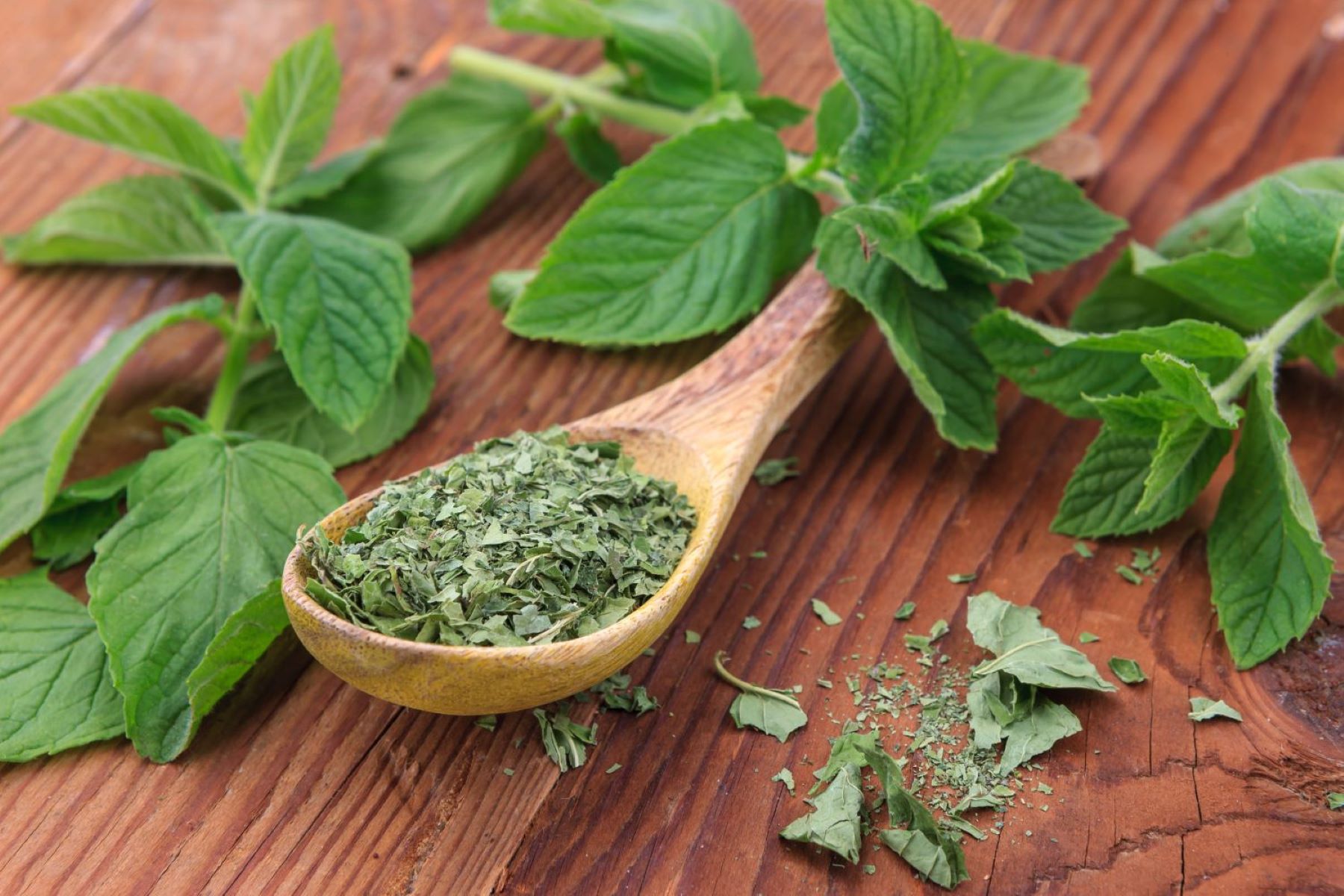
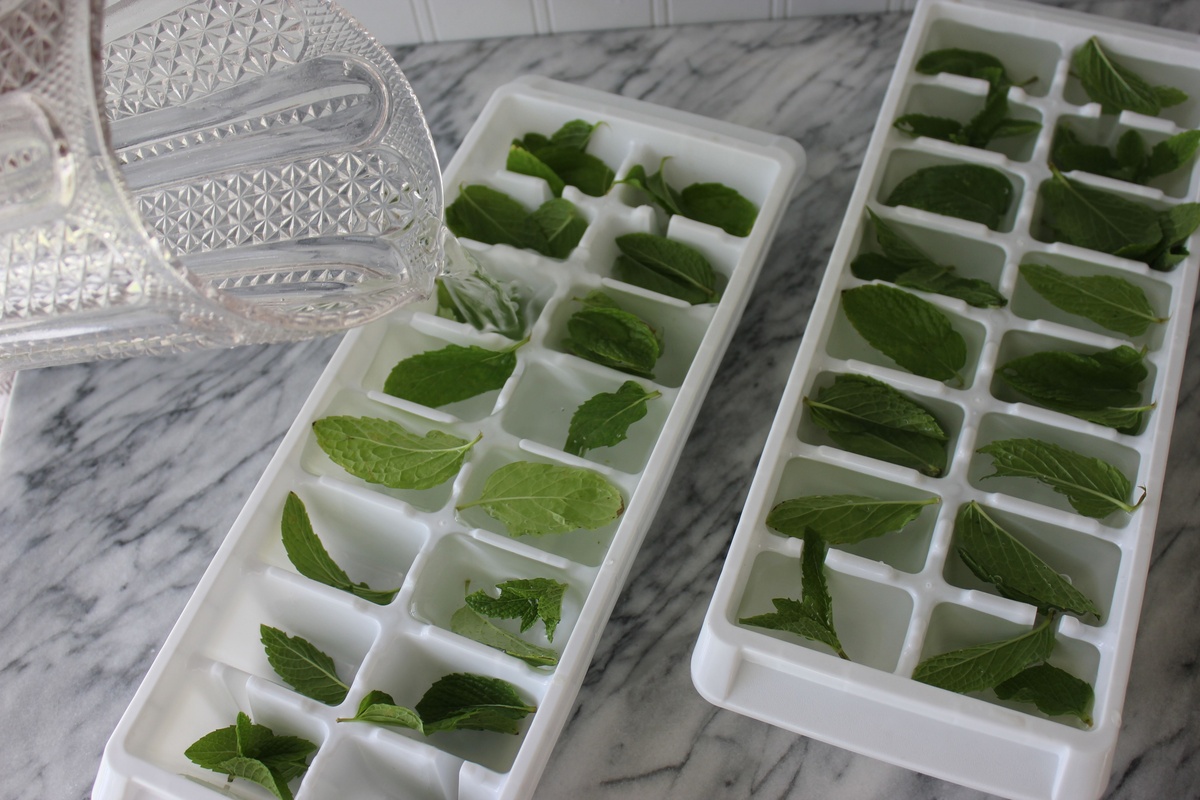
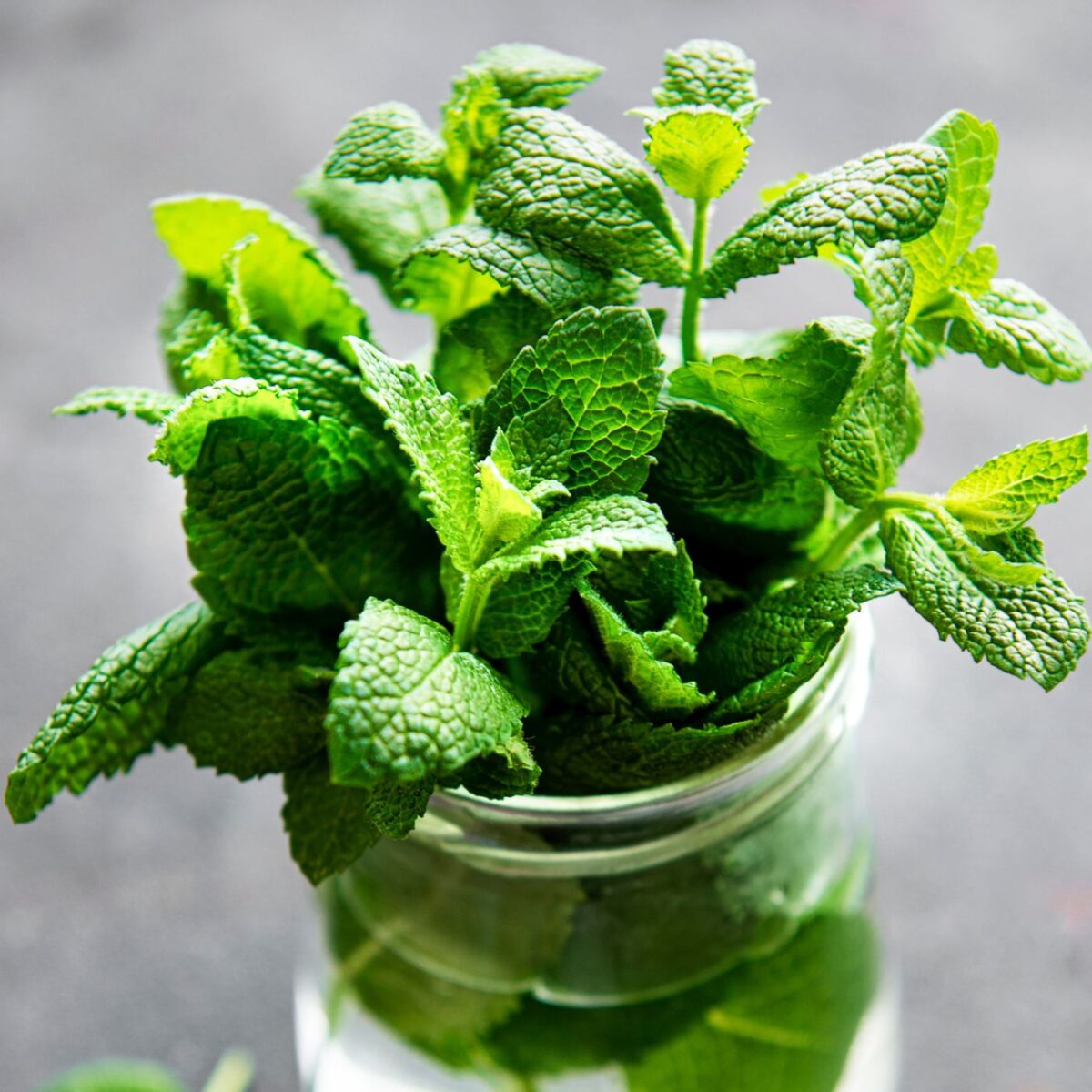

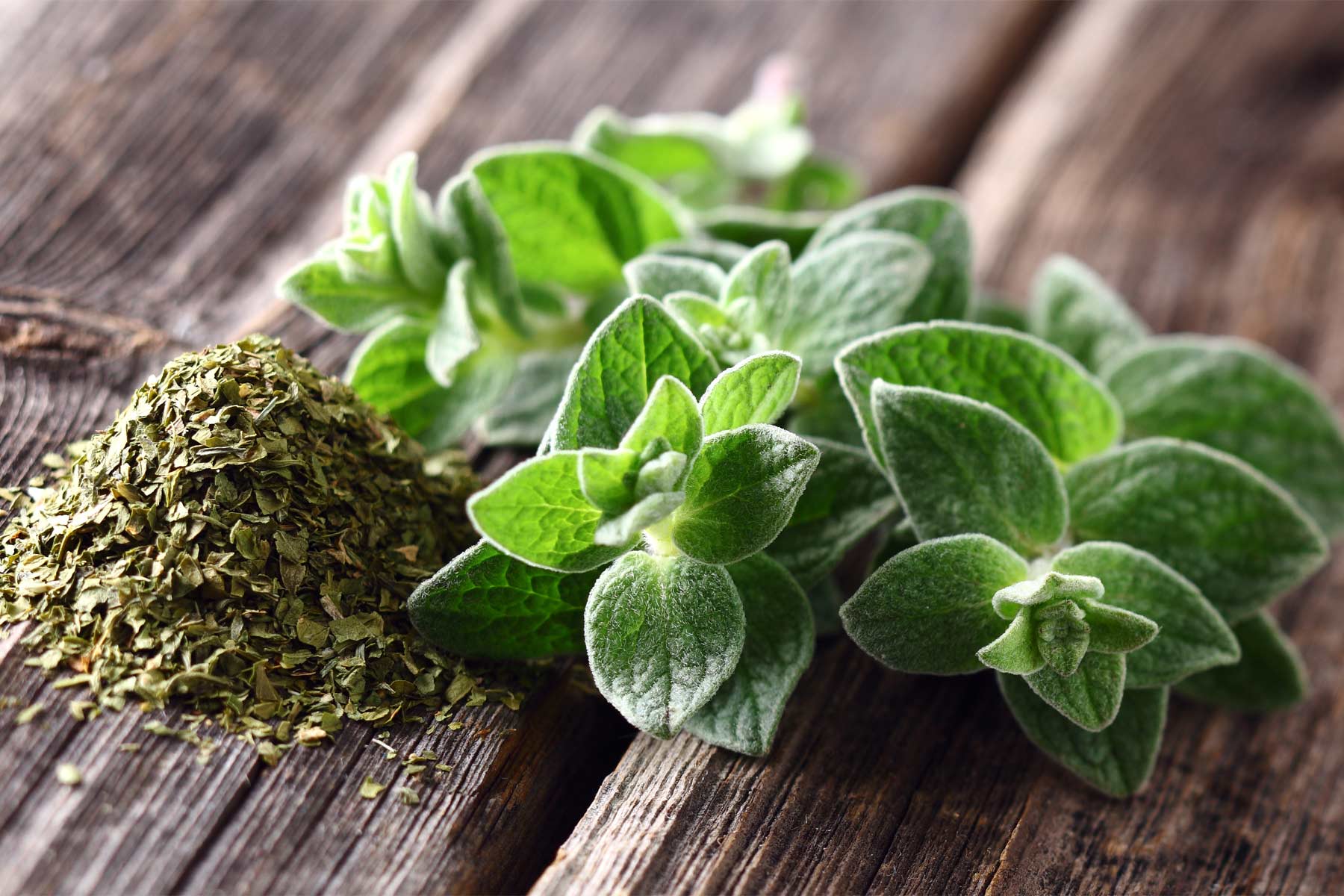
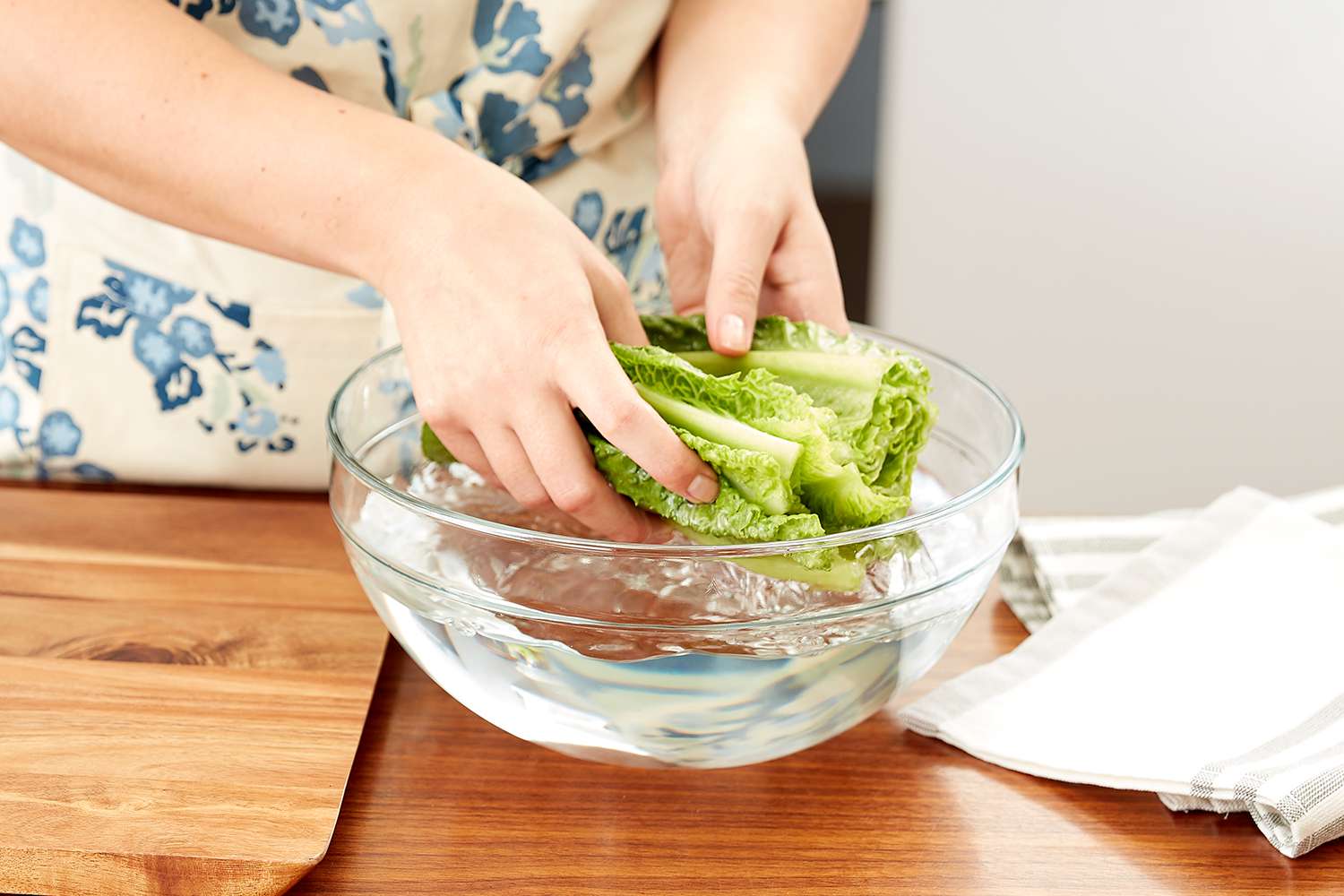
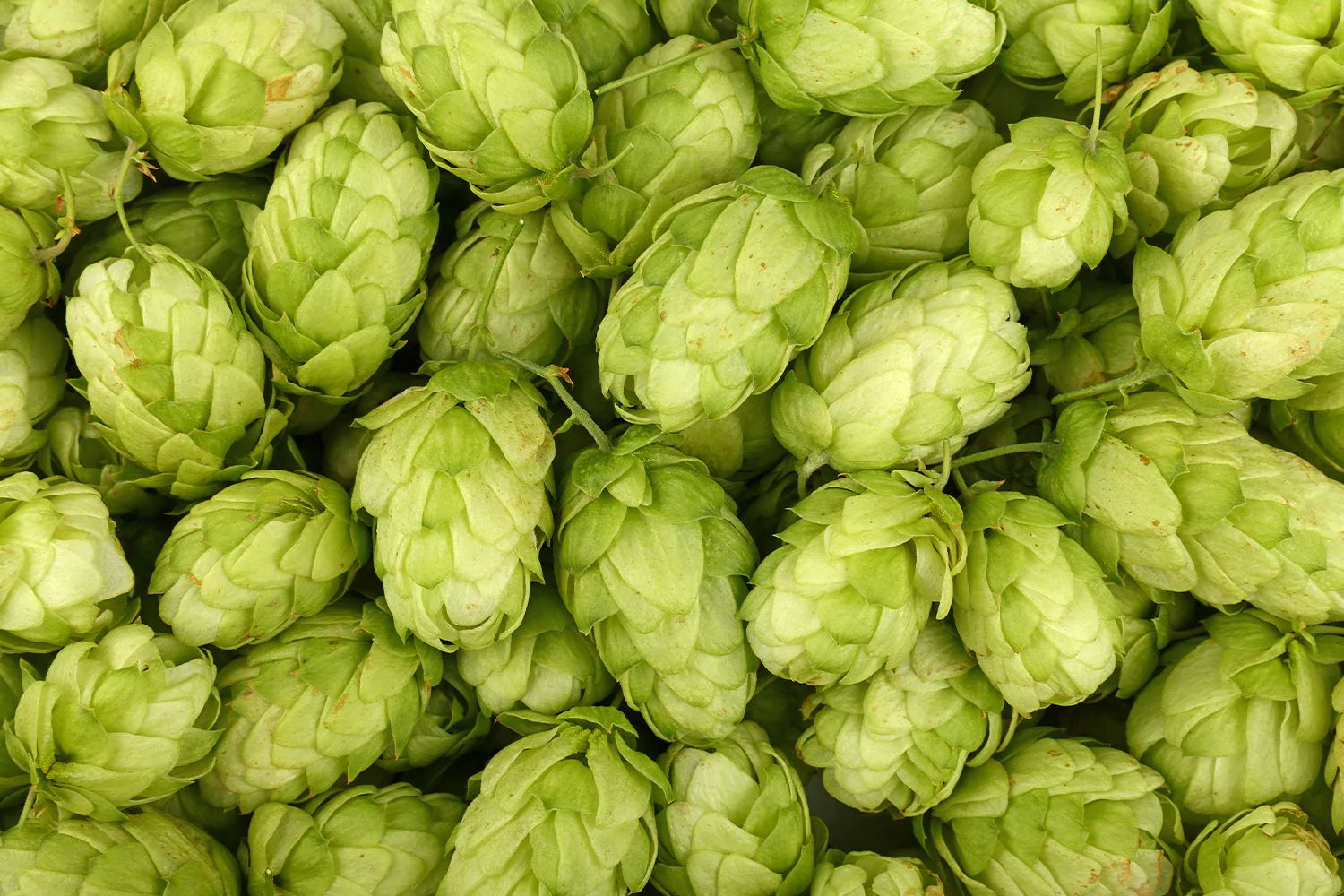
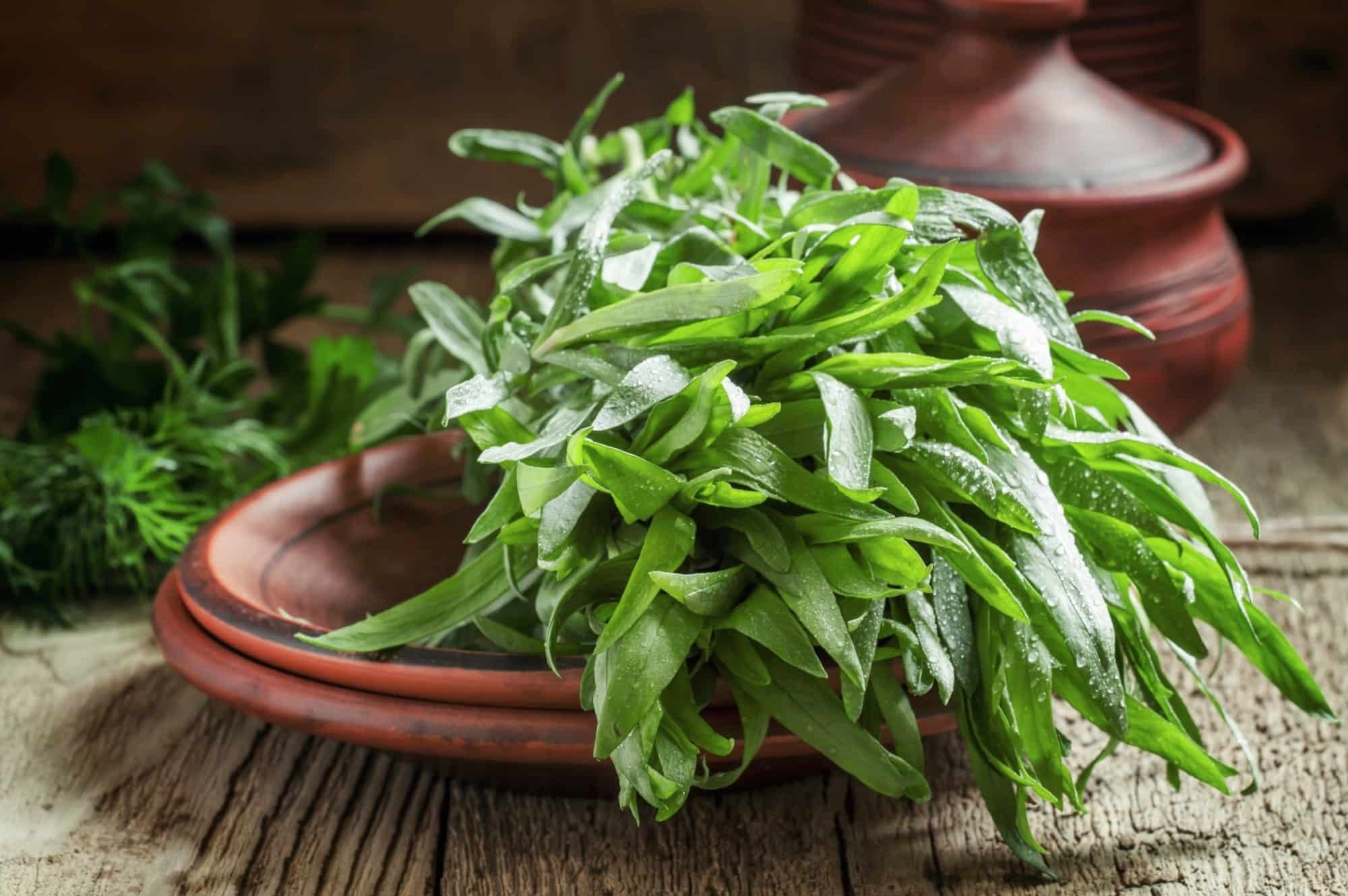
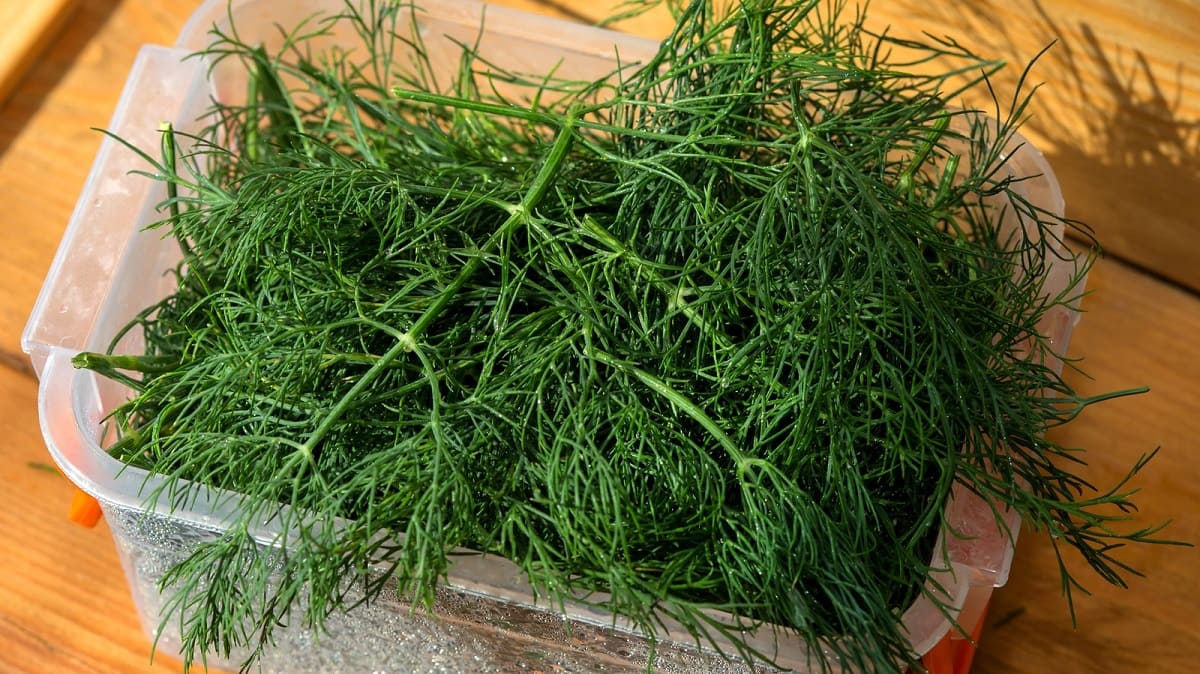
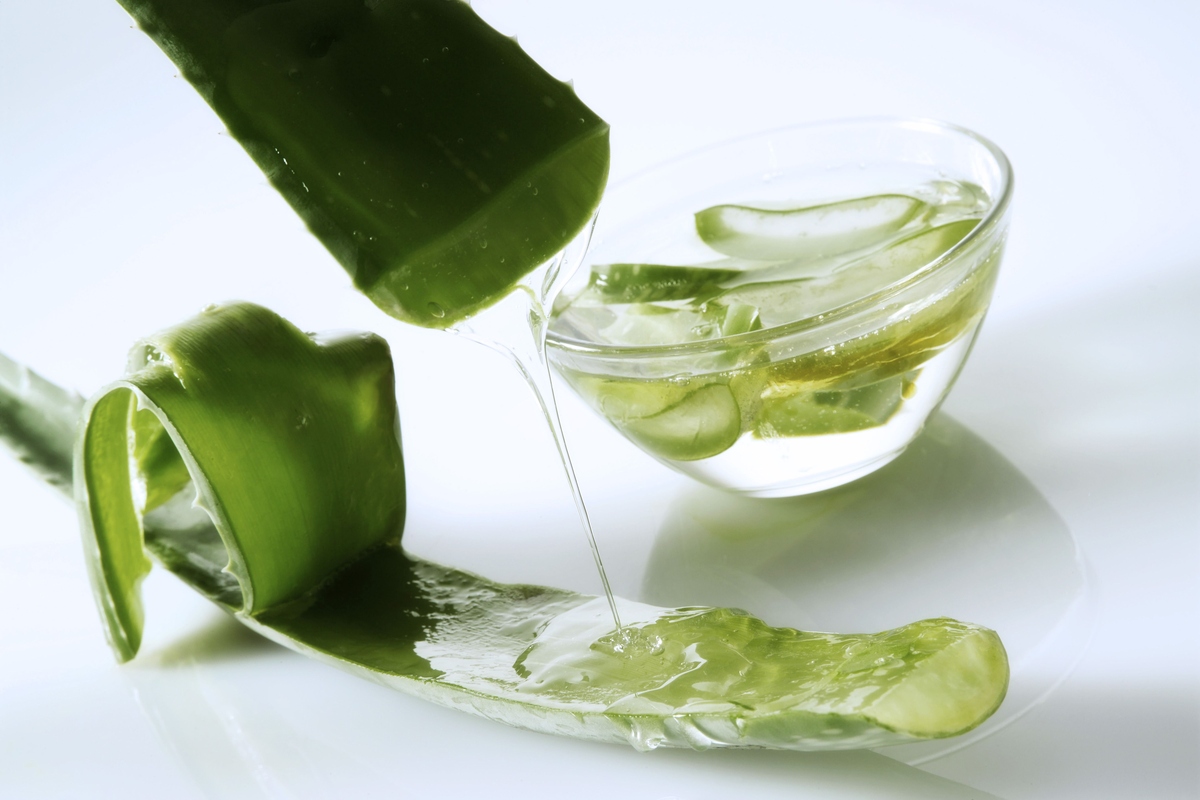

0 thoughts on “How To Store Fresh Mint”